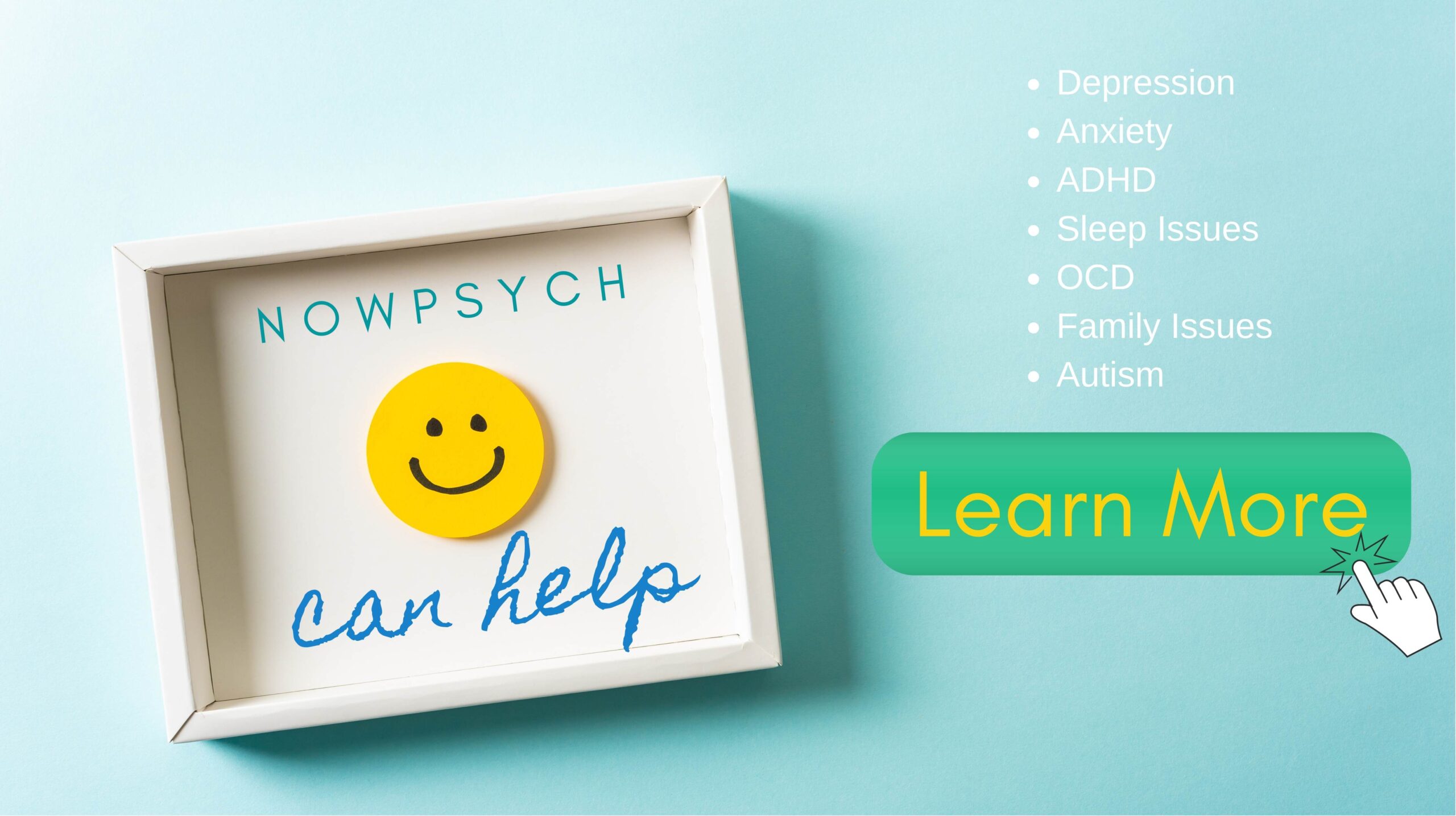Seasonal Depression
Seasonal affective disorder (SAD), also called seasonal depression, is a term that describes the tendency for a mood episode, most commonly depression but also can be mania or hypomania, that occurs rhythmically during a particular season. In this article, I will focus on depression.
When does Seasonal Depression Occur?
SAD typically occurs in the winter, when daylight hours grow short and the the cold weather starts in most of the country. Symptoms typically get better in spring or summer. SAD by definition causes problems with relationships and work. That’s different from most people who report low energy and motivation during the winter months that is not severe enough to impact their work or relationships. The prevalence of SAD ranges from 0.5 to 3% in community studies done in Canada, the United States and Wales. Some studies indicate that it may be more common in women and the typical age of onset is 20-30. Although it is commonly thought that the higher latitudes, with less daylight in winter, had a higher prevalence of SAD, newer and better studies do not find this association.
There are four theories for the cause of Seasonal Depression:
- Circadian rhythm: including the shortening of daylight causing decreases in melatonin secretion as well as symptoms of hypersomnia, weight gain, and increased appetite.
- Retinal subsensitivity: Diminished retinal sensitivity to light in winter effects the sleep-wake cycles. People with visual impairment way be more likely to have SAD.
- Genetics: genes involved with dopamine synthesis and serotonin synthesis have been identified.
- Serotonin: Decreased serotonergic activity, faster removal of serotonin, low levels of tryptophan (a serotonin precursor).
Clinical features of Seasonal Depression include:
- Depressed mood
- Suicidal thinking
- Feelings of guilt or worthlessness
- Insomnia or sleeping excessively
- Decreased pleasure
- Weight gain (with increased appetite for carbohydrates)
- Low energy levels
- Focus issues or decreased motivation
- And feeling of the body being slowed down or sped up
Commonly co-occurring disorders include:
- Alcohol and drug problems
- ADHD
- Eating disorders
- Generalized anxiety
- Premenstrual dysphoric disorder
- Social anxiety disorder
Assessment and Treatment for Seasonal Depression
If you have depressive symptoms that occur with greater frequency during the winter, you might have seasonal depression and should get evaluated by a professional to see if you meet full criteria. Clinicians may use a screening tool such as the Seasonal Pattern Assessment Questionnaire. After seeing a professional, consider therapy such as an antidepressant plus artificial light therapy. Medications with proven efficacy include fluoxetine (Prozac) and sertraline (Zoloft). Psychotherapy may be beneficial to patients who don’t respond to treatment or have other issues such as drug abuse or marital issues. Daily walks or exercise and regular exposure to natural sunlight are also helpful.
Dr. Sean Paul, MD is a board certified psychiatrist who specializes in treating depression, including seasonal depression, using therapy and/or medications. You can schedule a consultation with him HERE.
References:
- Magnusson A, Partonen T. The diagnosis, symptomatology, and epidemiology of seasonal affective disorder. CNS Spectr 2005; 10:625.
- Kurlansik SL, Ibay AD. Seasonal affective disorder. Am Fam Physician 2012; 86:1037.
https://www.ncbi.nlm.nih.gov/pubmed/23198671 - Lam RW, Levitt AJ (editors). Canadian Consensus Guidelines for the Treatment of Seasonal Affective Disorder. Vancouver, British Columbia, Clinical & Academic Publishing, 1999. http://www.ubcsad.ca/
- American Psychiatric Association. Practice Guideline for the Treatment of Patients with Major Depressive Disorder, Third Edition. October, 2010. http://psychiatryonline.org/guidelines (Accessed on July 27, 2015).
- Ruhrmann S, Kasper S, Hawellek B, et al. Effects of fluoxetine versus bright light in the treatment of seasonal affective disorder. Psychol Med 1998; 28:923.






